
Project Contact:
Chris
+86 193-5550-1188
info@xdthermal.com
Key Role of the Battery Liquid Cooling System:
efficiently balances heat,
precisely controls temperatures to boost battery system power density,
and prolongs battery lifespan.
In the design of battery systems, engineers pay particular attention to the internal liquid cooling system. Unlike natural cooling and air-cooling techniques (which rely on airflow and have limitations in high-power lithium-ion battery applications), the liquid cooling system utilizes a high thermal conductivity liquid coolant (usually a cooling fluid or a thermal-conductive liquid) to regulate the battery’s temperature. The liquid is typically sealed inside the battery pack and can come into indirect or direct contact with the battery cells.
Indirect liquid cooling, employing cooling plate technology, is well-established and widely used in energy storage stations and electric vehicles. On the other hand, direct liquid cooling, known as immersion cooling, demonstrates superior cooling effectiveness, but its maintenance is more complex.



The power battery pack’s liquid cooling system is a sophisticated setup consisting of a control system, cooling fluid circulation system, temperature sensors, coolant, and the pivotal battery liquid cooling plate. The cooling plate emerges as a critical element in the system, enabling precise and efficient regulation of the battery temperature to maximize its functionality.
When the battery starts operating, temperature sensors detect changes inside the pack. If the temperature rises, the system activates coolant circulation. The coolant absorbs heat from battery cells and, through the liquid cooling plate, exchanges heat with external air. The control system, using temperature sensor feedback, adjusts coolant flow and radiator operation to keep the battery within the ideal temperature range.
The energy storage battery liquid cooling system is structurally and operationally similar to the power battery liquid cooling system. It includes essential components like a liquid cooling plate, a liquid cooling unit (optional heater), liquid cooling pipelines (with temperature sensors and valves), high and low-pressure harnesses, and coolant (ethylene glycol-water solution). However, design and application vary based on specific scenarios, such as heat exchange needs, power generation capacity, usage time, and operating conditions, leading to differences in liquid cooling plate selection.
For battery packs with diverse integration and management technologies, the choice of material, type, and processing for liquid cooling plates varies.
The key to a reliable liquid cooling plate lies not in its price
but in the engineer’s capability to highly customize designs for non-standard products,
prioritizing performance considerations
It is designed with specific features such as hole size, mid-rib, and dimensions. The raw material for the liquid cooling plate is extruded using a molding die, resulting in low production costs and high efficiency.
However, due to its relatively simple structure and limited flexibility in channel design, it cannot accommodate complex heat exchange circuits. Consequently, the contact area with the heat source is restricted, affecting heat exchange efficiency.
This solution generally offers moderate heat exchange efficiency and is primarily installed at the bottom of the module (referenced in models such as Aion LX and Audi e-tron)
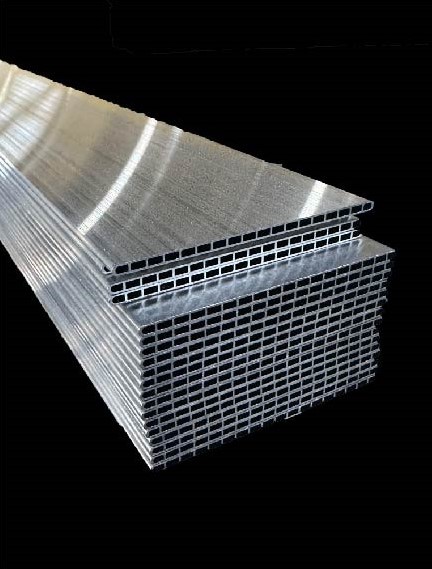
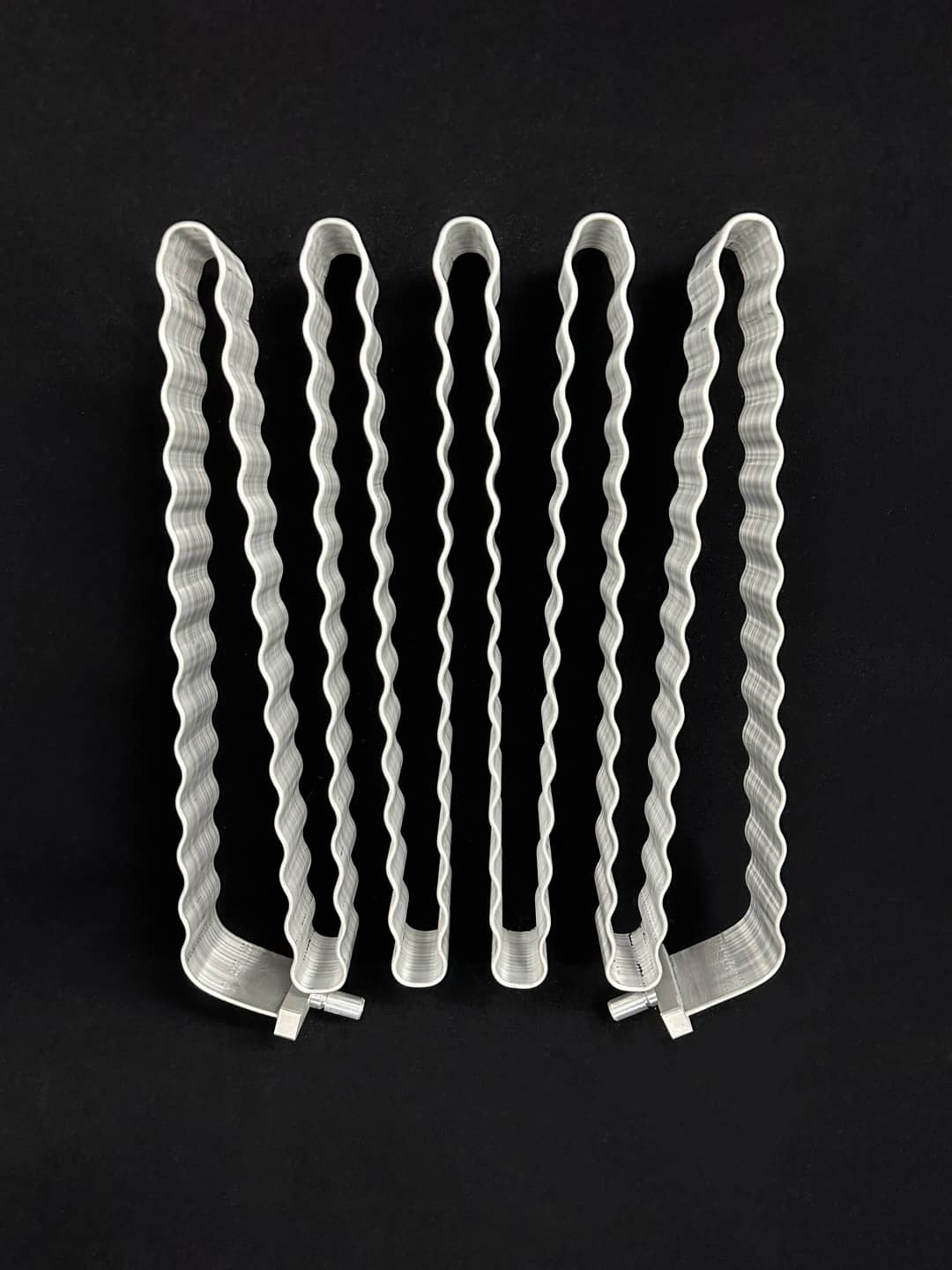
Serpentine tubing, formed through extrusion and further stamped into an ‘S’ shape, enhances heat exchange surface area with battery cells, ensuring higher efficiency. This design is well-suited for heat exchange in cylindrical batteries of various sizes, as exemplified by Tesla’s 4680CTC battery pack featuring serpentine cooling plate technology. This approach significantly increases contact area, improving cooling effectiveness.
Stamping water cold plate (with redirect link) are more suitable for square battery heat exchange solutions. They boast rich channel design, complex circuits, large contact area, excellent heat exchange, high production efficiency, pressure resistance, and strength. This method is currently the most common battery heat exchange solution. However, unique mold designs for specific heat exchange needs make the use of stamped liquid cooling plates incur mold fees
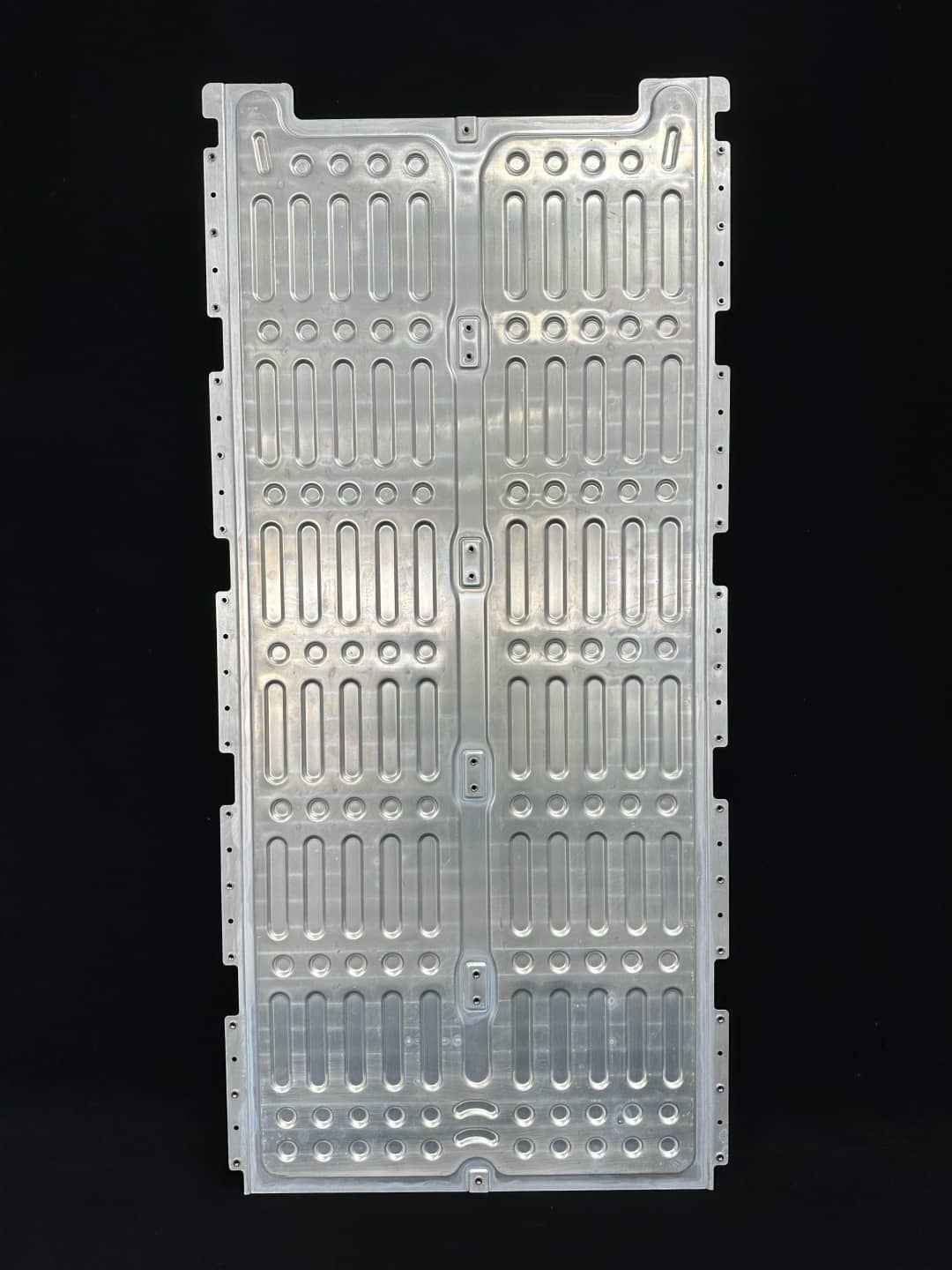
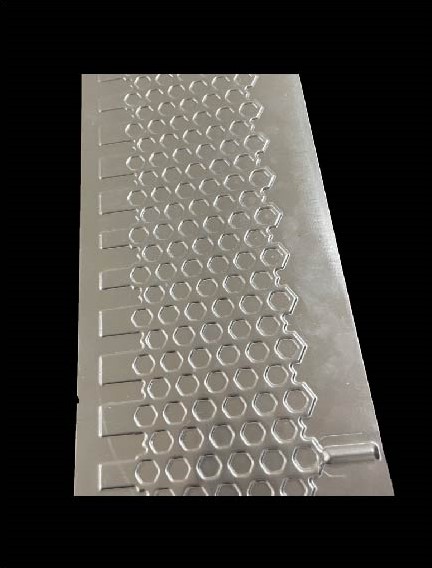
The roll bond liquid cooling plate stands out for its low cost and lightweight advantage, making it more suitable for battery applications with higher standards for lightweight design. However, the blow-expansion process imposes material limitations, requiring softer raw materials, which restricts its use in applications with high demands for strength and pressure resistance
Liquid cooling plates machined using CNC technology offer flexible channel design, high circuit complexity, and precision. They are generally thicker than stamped liquid cooling plates and find widespread application in high-performance scenarios requiring specific shapes or designs, such as high-power module power supplies
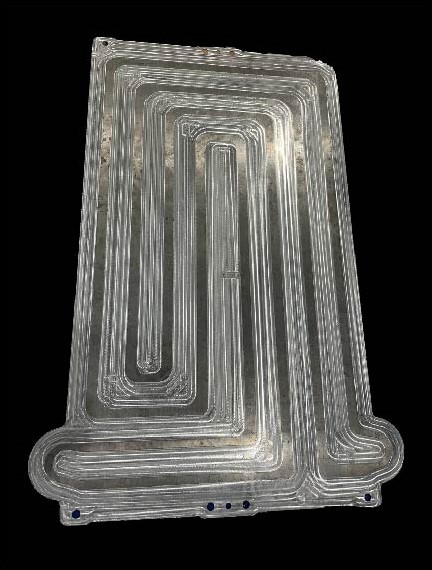
What kind of battery liquid cooling system do you need for your project?